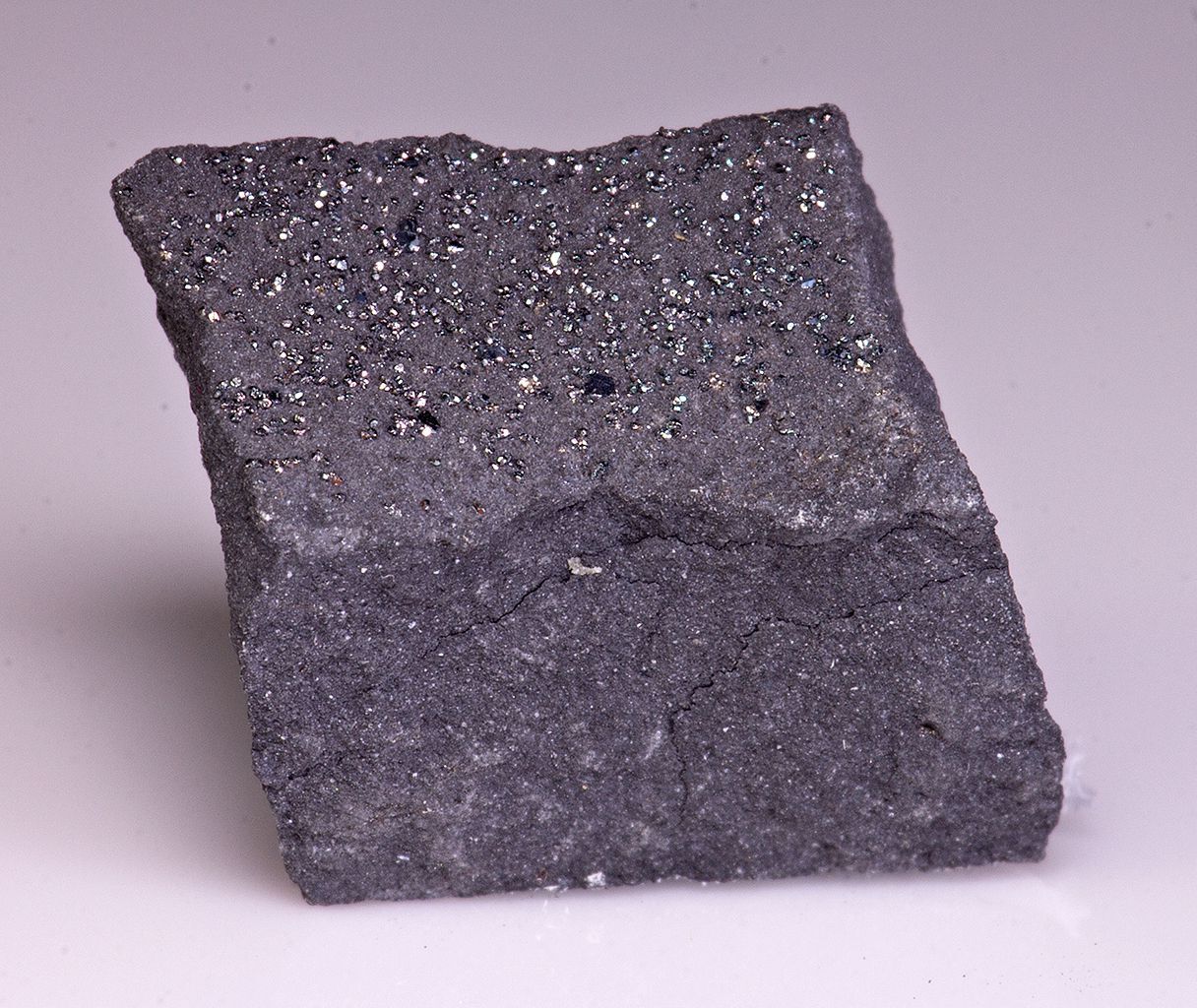
Cohenite is a fascinating mineral found in meteorites, and it's named after the German mineralogist Emil Cohen. This iron-nickel carbide is often discovered in iron meteorites and can tell us a lot about the early solar system. Cohenite forms under high-pressure conditions, making it a key player in understanding planetary formation. Its unique structure and composition provide clues about the processes that shaped our universe. Whether you're a budding geologist or just curious about space rocks, learning about Cohenite can be a thrilling journey into the mysteries of the cosmos. Ready to dive into some mind-blowing facts about this stellar mineral? Let's get started!
Key Takeaways:
- Cohenite is a rare mineral found in meteorites, with a shiny appearance and unique composition of iron, nickel, and carbon. It helps scientists study space conditions and meteorite formation.
- Known as "cosmic carbide," cohenite forms in low oxygen environments and has magnetic properties. It's a valuable tool for understanding the early solar system and the role of carbon in meteorites.
What is Cohenite?
Cohenite is a fascinating mineral with a unique composition and history. Found in meteorites, it has intrigued scientists and collectors alike. Let's dive into some intriguing facts about this mineral.
-
Cohenite is an iron-nickel carbide mineral, primarily composed of iron, nickel, and carbon.
-
It was named after the German mineralogist Emil Cohen, who first described it in 1889.
-
This mineral is typically found in iron meteorites, specifically in the octahedrite class.
-
Cohenite forms in the presence of low oxygen environments, which is why it's often found in space rocks.
-
It has a metallic luster, giving it a shiny, reflective appearance.
-
The color of cohenite ranges from silver-white to gray, depending on its composition.
Where is Cohenite Found?
Cohenite's extraterrestrial origins make it a rare and exciting find. Here are some places where this mineral can be discovered.
-
Most cohenite samples come from meteorites that have fallen to Earth.
-
Significant deposits have been found in the Canyon Diablo meteorite in Arizona.
-
The Sikhote-Alin meteorite in Russia also contains notable amounts of cohenite.
-
Some terrestrial occurrences of cohenite have been reported, but they are extremely rare.
-
It is often found alongside other minerals like schreibersite and troilite in meteorites.
How is Cohenite Formed?
The formation of cohenite is a complex process that occurs under specific conditions. Let's explore how this mineral comes into existence.
-
Cohenite forms during the cooling of molten iron-nickel alloys in meteorites.
-
The presence of carbon is essential for the formation of cohenite.
-
Low oxygen levels in space allow for the creation of cohenite without oxidation.
-
The slow cooling process in space helps cohenite crystals to grow larger.
-
Shock events, such as collisions in space, can also contribute to the formation of cohenite.
Physical Properties of Cohenite
Cohenite has several unique physical properties that make it stand out. Here are some key characteristics.
-
It has a hardness of 5.5 on the Mohs scale, making it relatively hard.
-
The density of cohenite is around 7.2 grams per cubic centimeter.
-
Cohenite has a hexagonal crystal structure, which is common among iron-nickel minerals.
-
It is magnetic, which means it can be attracted to a magnet.
-
The mineral is brittle and can break easily under stress.
Uses and Applications of Cohenite
While cohenite is not commonly used in everyday applications, it has some interesting uses in science and industry.
-
Cohenite is studied by scientists to understand the conditions in space and the formation of meteorites.
-
It is used as a reference material in laboratories for studying iron-nickel alloys.
-
Some collectors and museums display cohenite samples due to their rarity and extraterrestrial origin.
-
Researchers use cohenite to study the thermal history of meteorites.
-
It can provide insights into the carbon content of meteorites and their parent bodies.
Fun Facts about Cohenite
Let's wrap up with some fun and lesser-known facts about cohenite.
-
Cohenite is sometimes referred to as "cosmic carbide" due to its extraterrestrial origins.
-
It is one of the few minerals that can form in the vacuum of space.
-
The discovery of cohenite helped scientists understand the role of carbon in meteorite formation.
-
Cohenite's unique properties make it a valuable tool for studying the early solar system.
Final Thoughts on Cohenite
Cohenite, a fascinating mineral, forms in meteorites and offers clues about the universe. It's an iron-nickel carbide, often found with other minerals like kamacite and taenite. Its metallic luster and magnetic properties make it unique. Cohenite's presence in meteorites suggests high-pressure, high-temperature conditions during formation. This mineral helps scientists understand planetary cores and the early solar system. It's not just a scientific curiosity; cohenite has practical uses too. Its hardness and resistance to corrosion make it valuable in industrial applications. Collectors also prize it for its rarity and beauty. Whether you're a scientist, collector, or just curious, cohenite offers a glimpse into the cosmos. Next time you see a shooting star, remember the incredible journey of minerals like cohenite. They connect us to the vast, mysterious universe.
Frequently Asked Questions
Was this page helpful?
Our commitment to delivering trustworthy and engaging content is at the heart of what we do. Each fact on our site is contributed by real users like you, bringing a wealth of diverse insights and information. To ensure the highest standards of accuracy and reliability, our dedicated editors meticulously review each submission. This process guarantees that the facts we share are not only fascinating but also credible. Trust in our commitment to quality and authenticity as you explore and learn with us.


